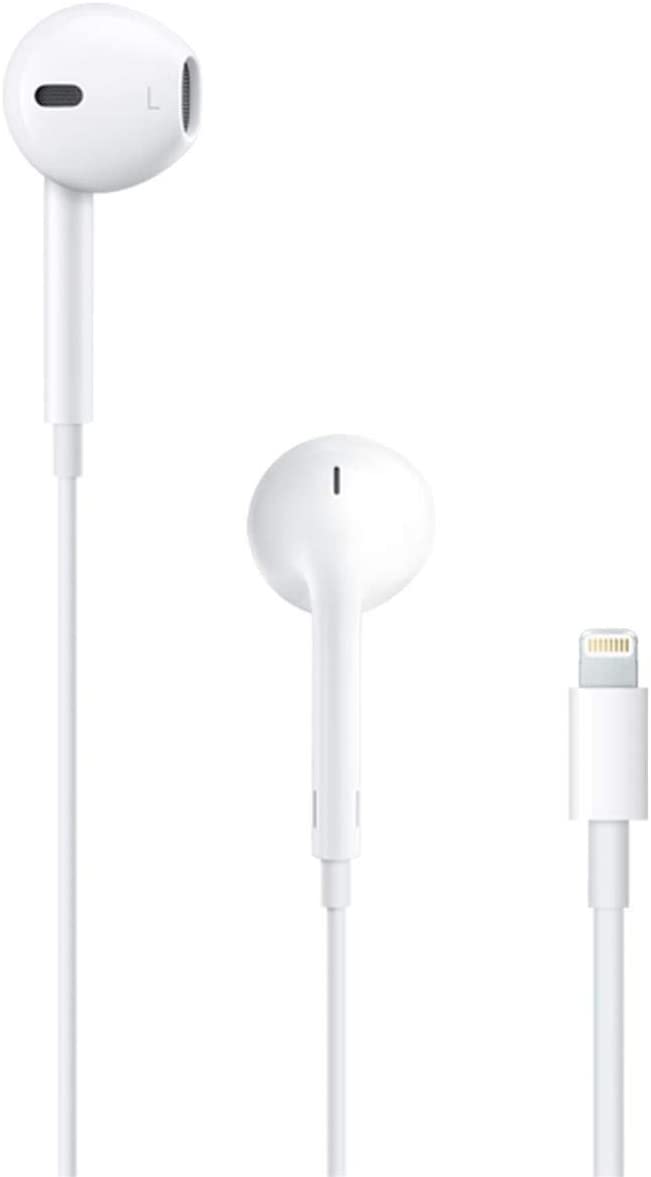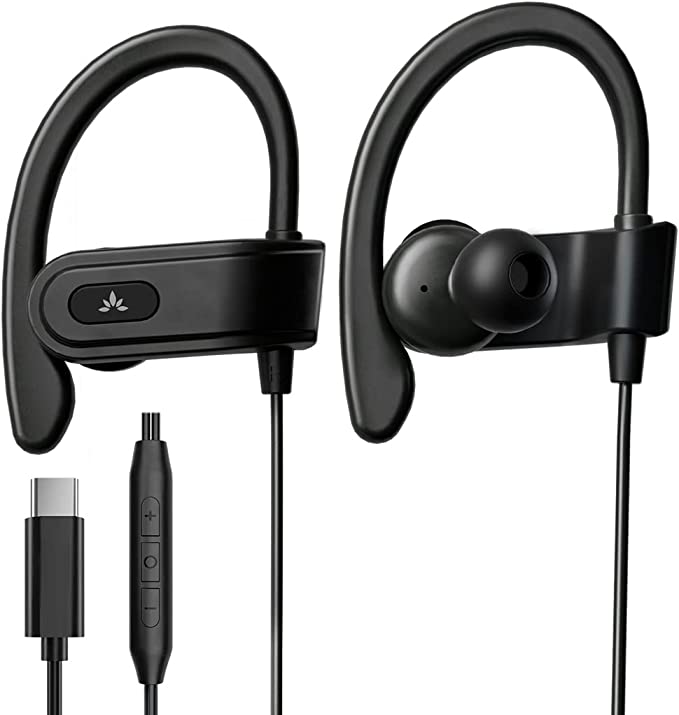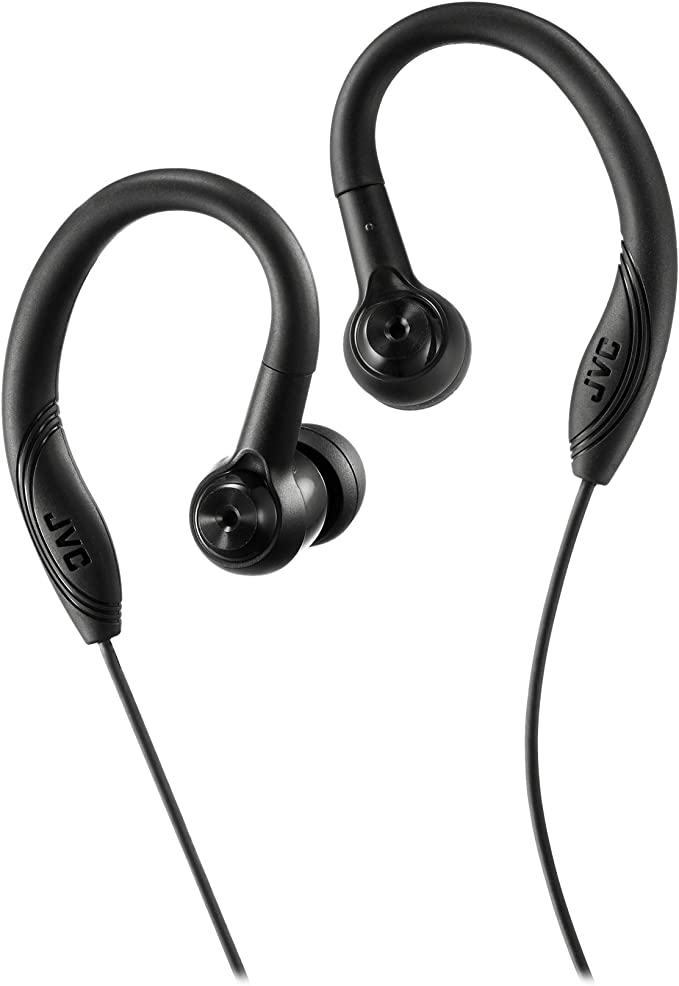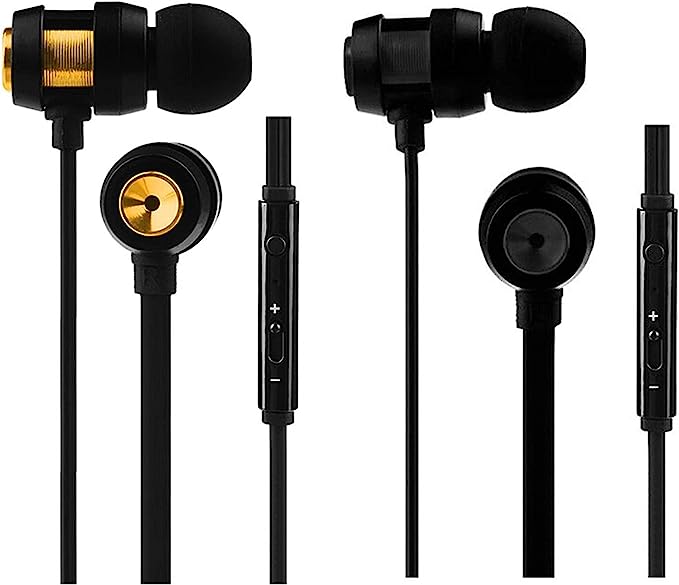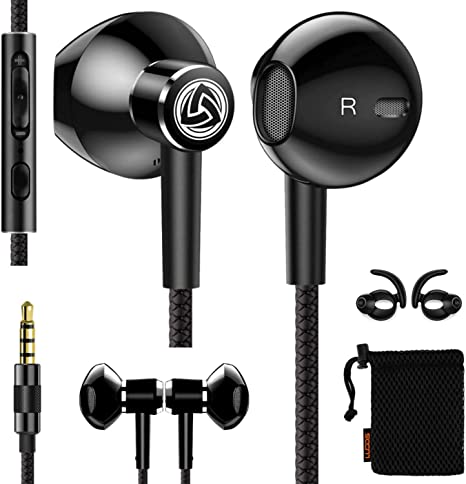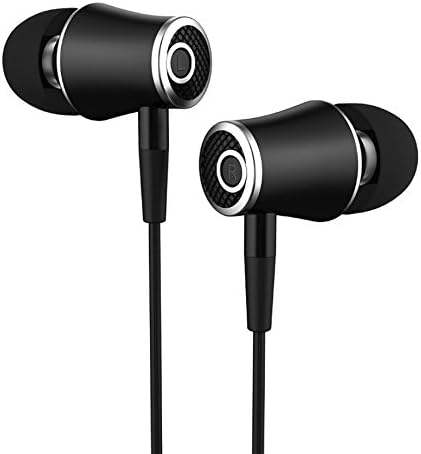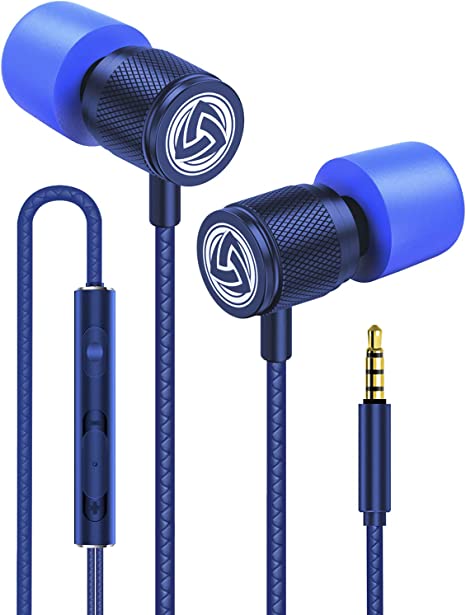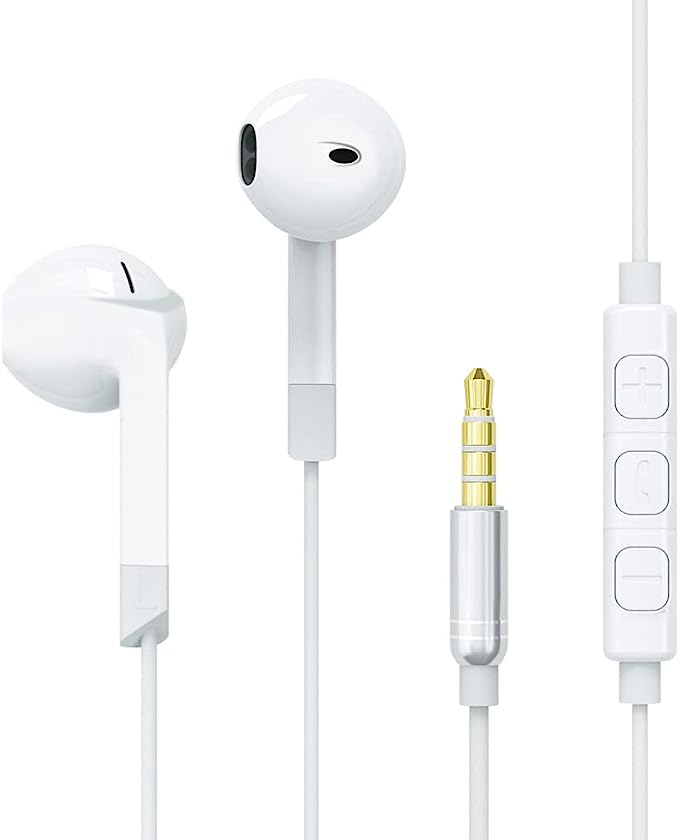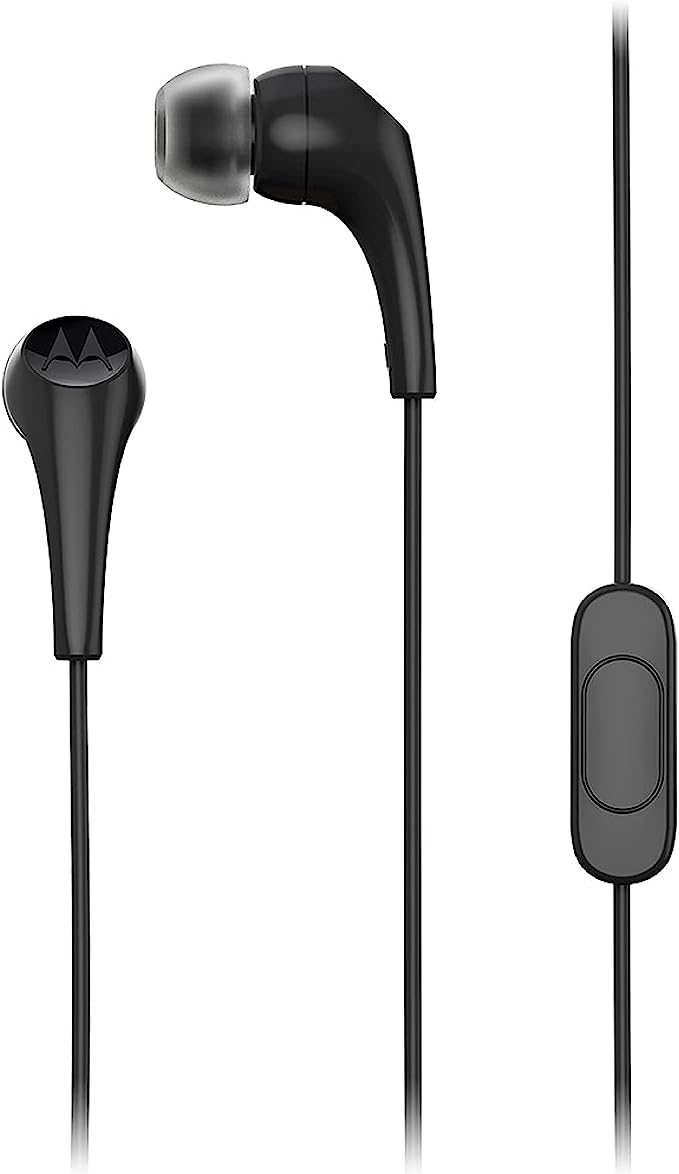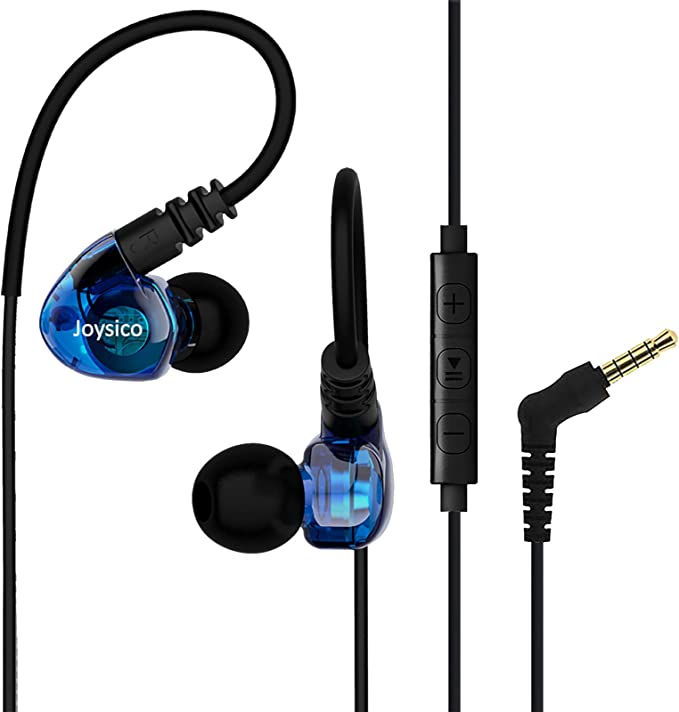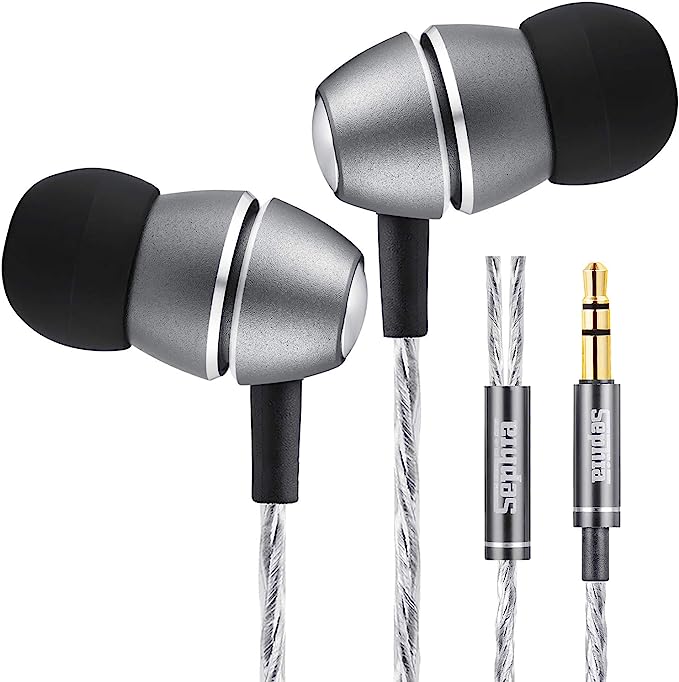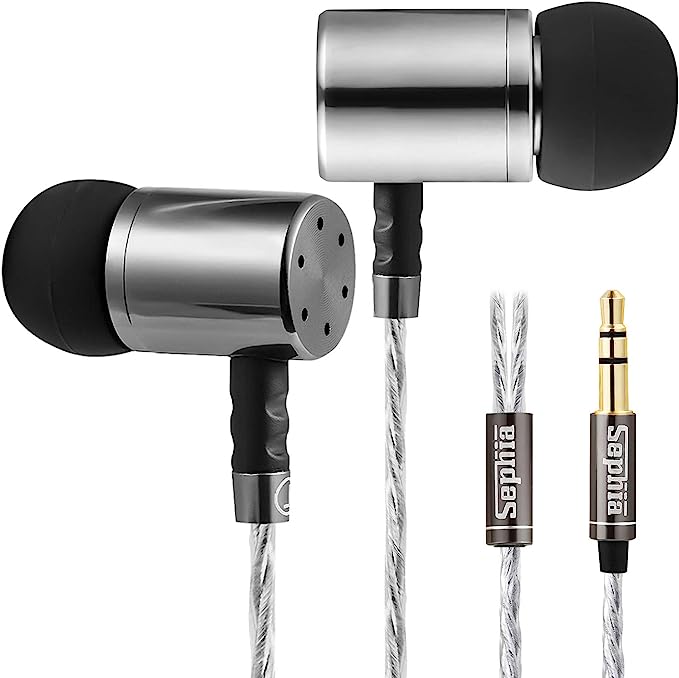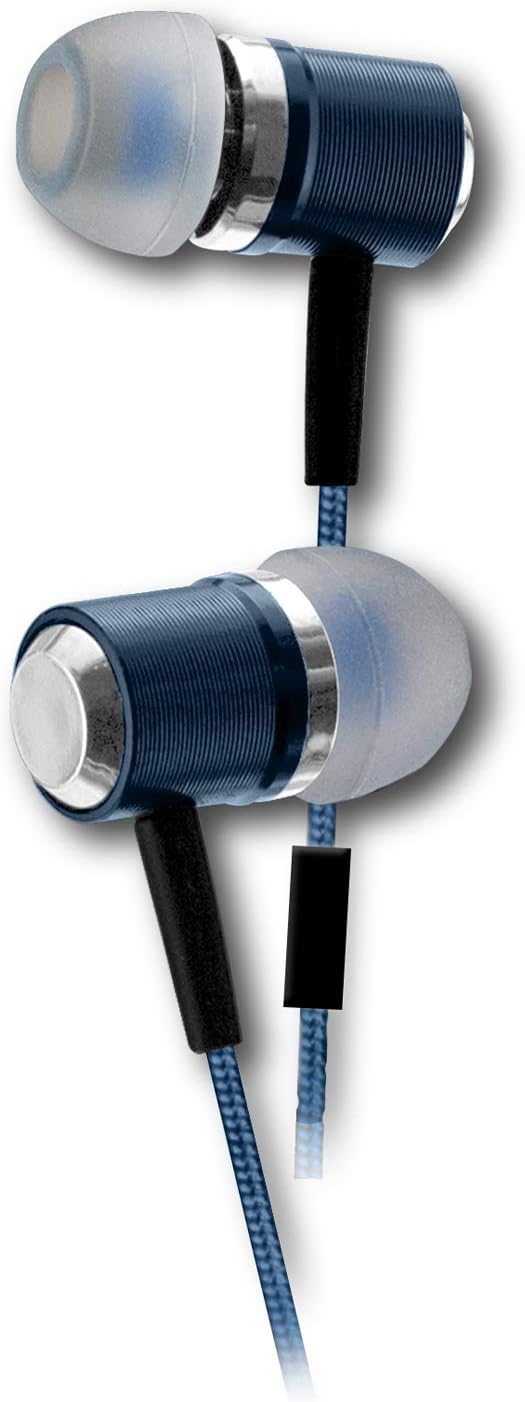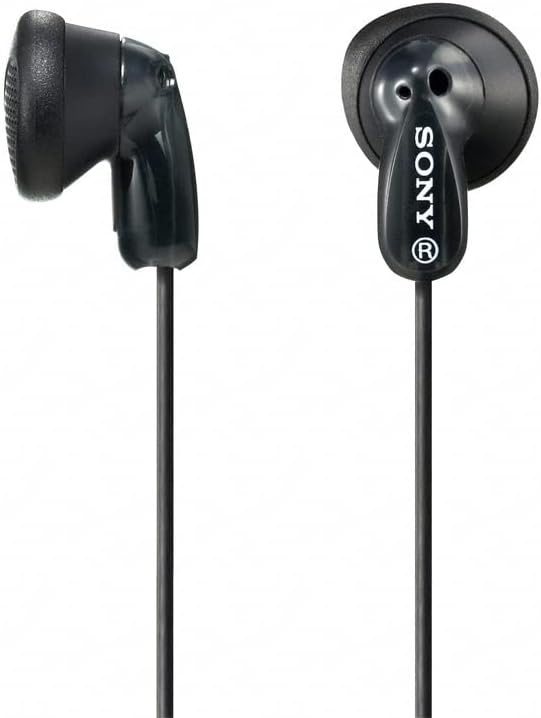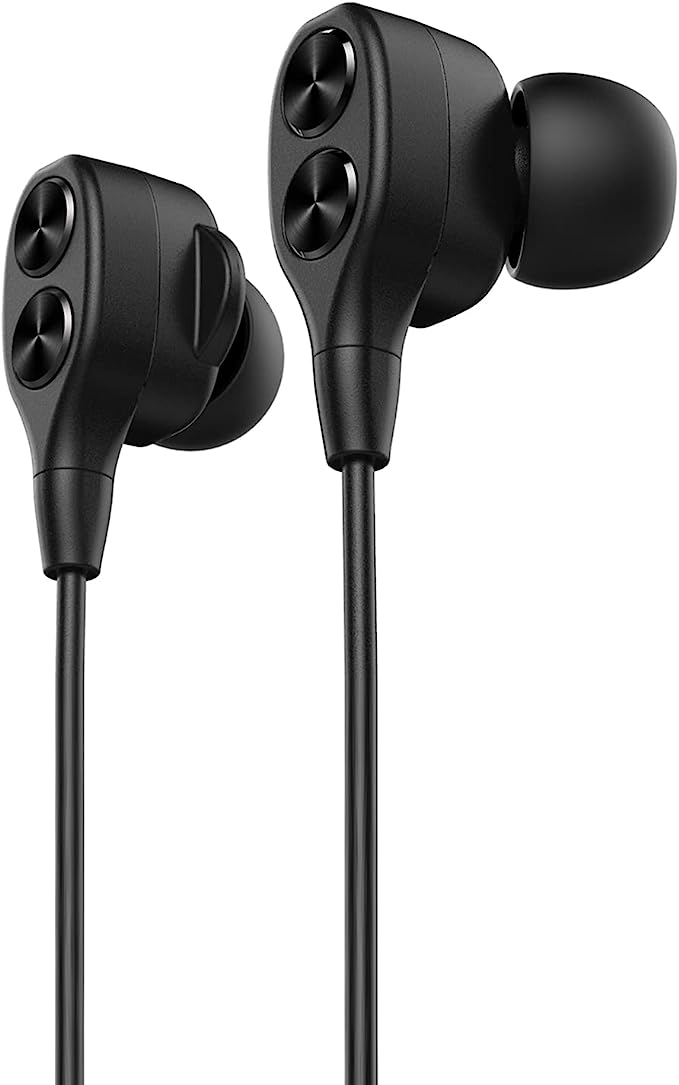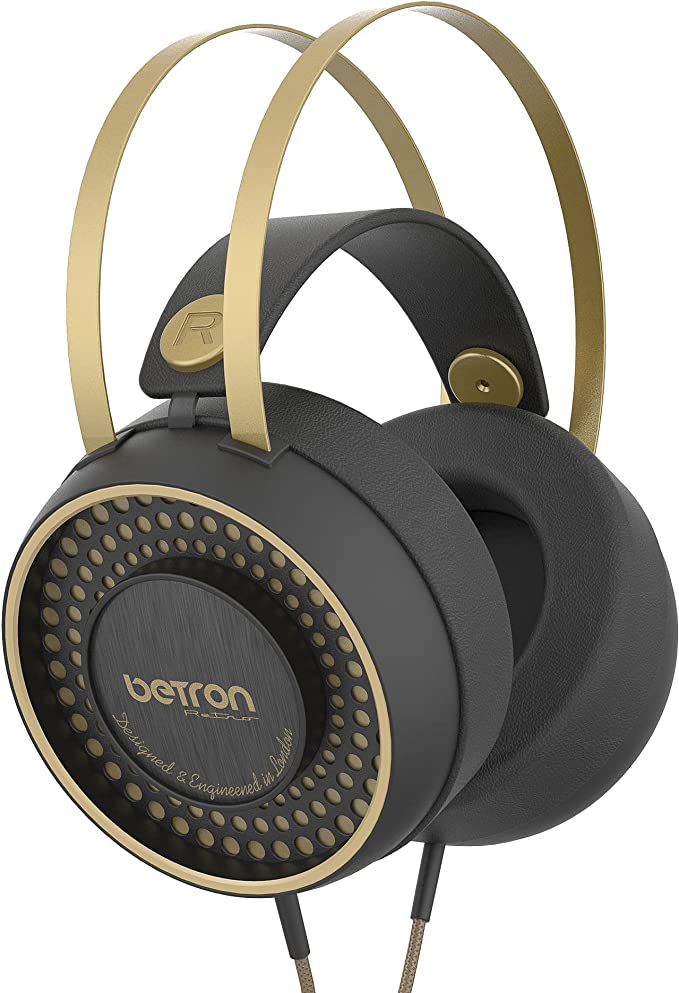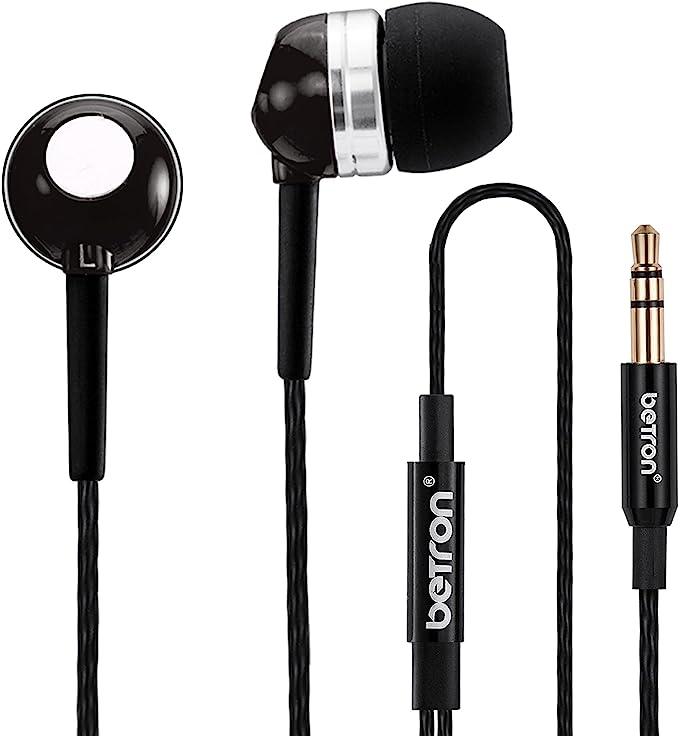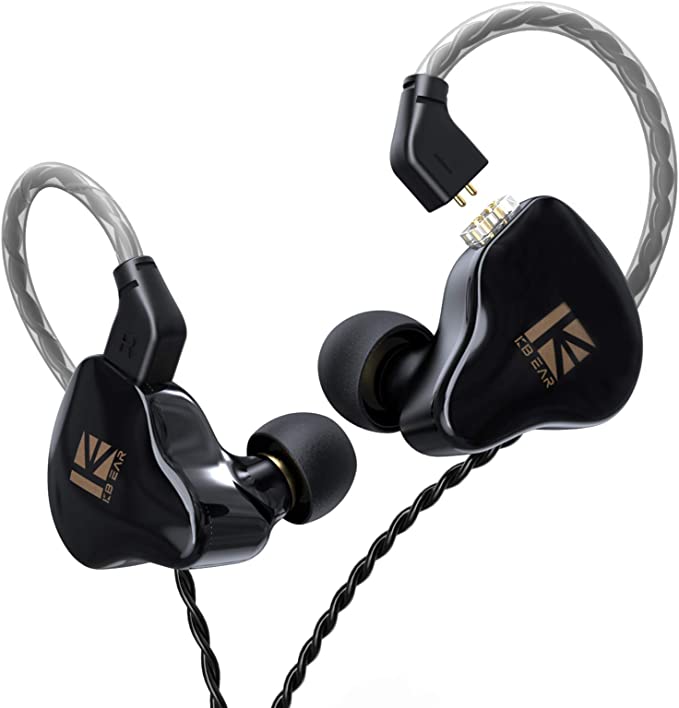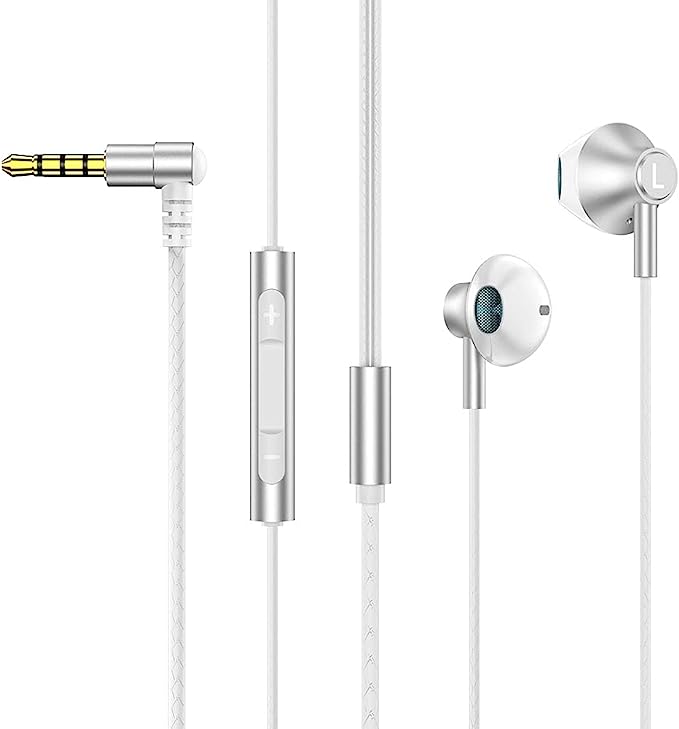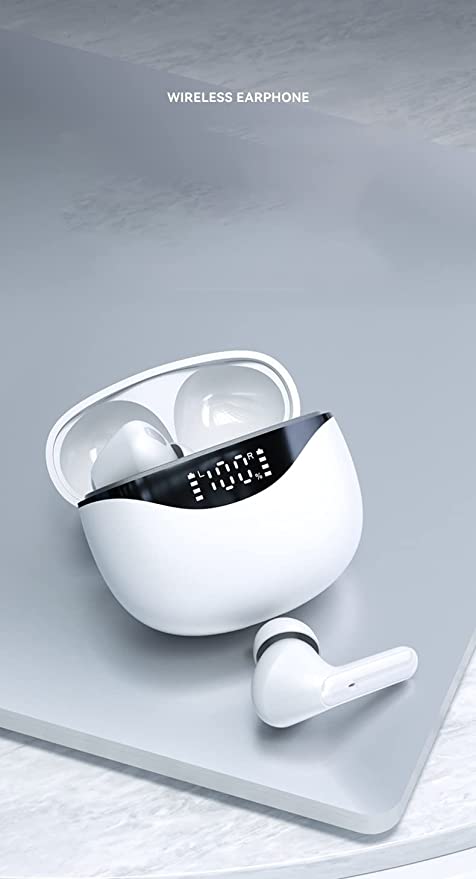Apple EarPods Headphones with 3.5mm Plug: A Comfortable and High-Quality Audio Experience
Update on June 24, 2025, 1:06 p.m.
In an ever-expanding universe of true wireless earbuds, each vying for attention with noise cancellation, spatial audio, and vibrant colorways, there’s a quiet icon that persists: the Apple EarPods, tethered by their humble 3.5mm plug. Many of us have owned a pair, perhaps found nestled in the box of an older iPhone or iPod. With an impressive 4.6 out of 5-star rating from over 65,000 users on platforms like Amazon, and a design that has been a familiar sight for over a decade, their staying power begs the question: is it just nostalgia, or is there a deeper science to their enduring appeal? The answer, it turns out, lies in a compelling blend of pragmatic ergonomic design, thoughtful acoustic engineering, and the steadfast reliability of a simple analog connection.

Decoding “The Geometry of the Ear”: A Quest for Universal Comfort?
Apple’s primary assertion about the EarPods’ design is that it’s “defined by the geometry of the ear.” This isn’t merely a catchy phrase; it points to a deliberate departure from the “traditional, circular earbuds” that often either fit poorly or relied on generic soft tips. Instead, Apple ventured into the realm of anthropometry – the scientific study of human body measurements and proportions. The aim was to create a shape that could comfortably rest within the concha – the bowl-shaped outer part of the ear – for a broader range of individuals, without needing to be pushed deep into the ear canal like many in-ear monitors. This non-intrusive approach is a key differentiator.
The choice of a hard plastic shell is integral to this philosophy. It allows for a precise, consistent shape and is undeniably durable and easy to clean. For many users, this results in a comfortable fit, almost forgotten once in place. However, as human ears are wonderfully diverse, this “one-shape-attempts-to-fit-many” approach has its limits. As one verified purchaser, Lapartyy, candidly shared, “The main downside is if the headphone’s shape doesn’t fit your ear. Because it’s hard plastic, nothing will make it comfortable if you don’t like it immediately.” Yet, others, like Kenneth Wong, found that after an initial adjustment period, “they got used to them…and now they’re not painful.” This highlights the subjective nature of comfort, even with a design informed by general ear geometry.
From a psychoacoustic perspective, this open, non-occluding design has another subtle effect. It allows the listener to remain aware of ambient sounds in their environment, which can be preferable for safety or situational awareness. It can also influence the perceived “soundstage” – the illusion of where sounds are coming from in a three-dimensional space – often making it feel more open and less “in your head” compared to sealed earbuds.

The Acoustic Tightrope: “Maximizing Output, Minimizing Loss” in an Open Air Design
Beyond fit, the core purpose is, of course, sound. Apple states that “the speakers inside the EarPods have been engineered to maximize sound output and minimize sound loss, which means you get high-quality audio.” In an open design without a seal to trap sound, this presents an interesting engineering challenge. It’s about efficiency and directionality. The miniature speakers, or drivers, within each EarPod are tasked with converting electrical audio signals from your device into the physical vibrations of air that we perceive as sound. “Minimizing loss” in this context refers to designing the earbud’s internal acoustics and strategically placed vents to channel as much of this sound energy as possible towards the ear canal, rather than allowing it to dissipate inefficiently into the surrounding air. This involves careful management of airflow and resonance within the earbud housing itself – a sort of miniature acoustic architecture.
The result, for many listeners, is surprisingly pleasing. Users frequently describe the EarPods as having “respectable sound quality,” and reviewer RWM even lauded them for having “the best quality of sound especially the bass which can be lacking in many other ear buds out there.” While they aren’t aiming to compete with high-fidelity audiophile headphones that cost many times more, the EarPods are generally tuned to deliver a clear, balanced sound signature suitable for a wide range of music genres, podcasts, and calls. This capable audio performance, particularly at their current accessible price point (often seen around $16.99, down from a list price of $30.00), is a significant factor in their continued popularity.
The Unseen Conversation: Remote, Mic, and the Humble 3.5mm Plug
The EarPods aren’t just passive listening devices. The inline remote, a small capsule on the right earbud’s cable, offers a surprisingly intuitive level of control: “adjust the volume, control the playback of music and video, and answer or end calls with a pinch of the cord.” This tactile interface is a small marvel of electromechanical simplicity.
Delving a little deeper, that familiar silver 3.5mm plug is more sophisticated than it appears. Most modern headphone jacks, including the one on the EarPods, use a TRRS (Tip-Ring-Ring-Sleeve) configuration. These four contact points allow for the transmission of the left audio channel, the right audio channel, a common ground connection, and a fourth channel dedicated to the microphone input and remote control signals. When you press a button on the remote, it subtly changes the electrical resistance on this fourth conductor. Your iPhone, iPod, or computer detects this change and interprets it as a command – play, pause, volume up, and so on. It’s an elegant and robust system that has served audio devices well for decades. The built-in microphone itself, likely a tiny MEMS (Micro-Electro-Mechanical System) microphone, captures your voice for calls or interacting with Siri, making the EarPods a versatile communication tool.
And then there’s the 3.5mm wired connection itself – an analog lifeline in an increasingly digital and wireless world. For some users and specific applications, it remains unbeaten. * Zero Audio Latency: The transmission of the audio signal from the device to your ears is practically instantaneous. This is critical for activities like mobile gaming or playing virtual instruments, where any delay between action and sound can be disruptive. * No Charging Anxiety: Wired earbuds draw their minimal power directly from the audio source. There are no batteries in the earbuds to charge, no runtime limits to worry about. * Plug-and-Play Simplicity: There’s no Bluetooth pairing process, no connection dropouts due to wireless interference. As long as your device has a 3.5mm port, you plug them in, and they just work. This reliability is cherished by users like RWM, who needed them for an “older 2g shuffle and 30g iPod,” devices hailing from an era when the 3.5mm jack was king.
More Than Just Wires: The Enduring Appeal
The significantly reduced price compared to their original list price certainly enhances their value proposition. As reviewer Jes commented, “These are great sound and half the price they use to be.” But the appeal goes beyond just cost.
For many, the EarPods represent a known quantity, a reliable workhorse. Comments like “Apple headphones have always worked well for me and last for months” (though, it’s fair to note, some reviews mention durability issues, a common pain point for all frequently used, thin-cabled earbuds) speak to a trust built over time. The sentiment expressed by qqzj, whose wife “still have to use these oldies for online meetings when WFH,” preferring them over newer Apple AirPods Pro for that specific task, underscores a deep-seated appreciation for their straightforward functionality.
There’s also a subtle cultural footprint. For a significant period, these white earbuds were an almost ubiquitous accessory, the default way millions of people first experienced music on the go with their iPods and iPhones. They became, in a way, part of the soundtrack of a generation.
Conclusion: The Quiet Triumph of Well-Understood Fundamentals
The Apple EarPods with the 3.5mm plug are not a product that screams for attention with cutting-edge specifications or flashy features. Instead, their remarkable longevity and continued user satisfaction stem from a quieter kind of triumph: the successful execution of fundamental design principles. They represent a series of thoughtful compromises – balancing the complex challenge of ergonomic fit for a diverse population with the need for acceptable acoustic performance, intuitive controls, and the unwavering reliability of a wired connection.
In a technology landscape often obsessed with the next big thing, the EarPods serve as a potent reminder that understanding user needs, focusing on core functionality, and respecting the elegance of simplicity can lead to products that don’t just fade away but quietly endure, resonating with users year after year. Sometimes, the most resilient designs are those that get the basics profoundly right.

